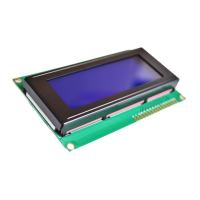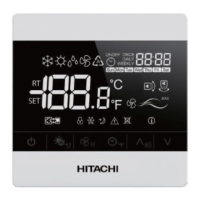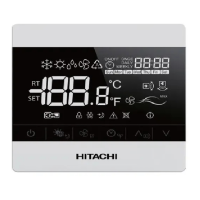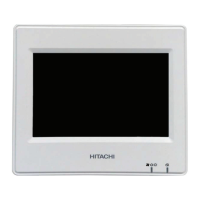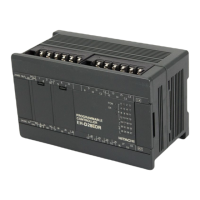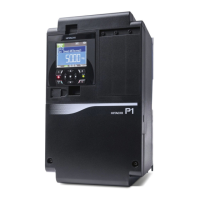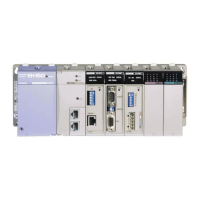27
(3) Operation
(a) Operation of 1E thermal overload relay
As shown in Fig. 24, the therm al overload relay contains an over-current detector consisting of bimetals, and
heaters, and a contact actuated corresponding to bimetals. Where the load current of the motor is made to flow
to the heaters placed near the bimetals, they bends corresponding to the amount of load current, with the result
that the contact can be actuated. If this contact is connected to the coil exciting circuit of the contactor, when
the bending amount of bimetals becomes m ore than the predetermined value (when over-current flows), it is
possible to stop the motor.
(a) Operation diagram (b) Connection diagram
(c) Operation sequence
Fig. 24 Protective operation of thermal overload relay
(b) Operation of 2E thermal overload relay
Refer to the catalogue page 24.
3-2 PERFORMANCE
(1) Standards for thermal overload relay
The standard type (1 E) thermal overload relay and 2E thermal overload relay conform to the JIS, J EM and IEC stand-
ards in table in page 26 of the catalogue.
(2) Ambient temperature characteristics
Refer to the catalogue, page 25.
Motor
Thermal
overload
relay
Contactor
Stop
Occurrence of
overload
Heater:
Heating large
Coil excitat ion:
Bimetal:Amount
of bending large
Contact
OFF
Main contact
Current large
